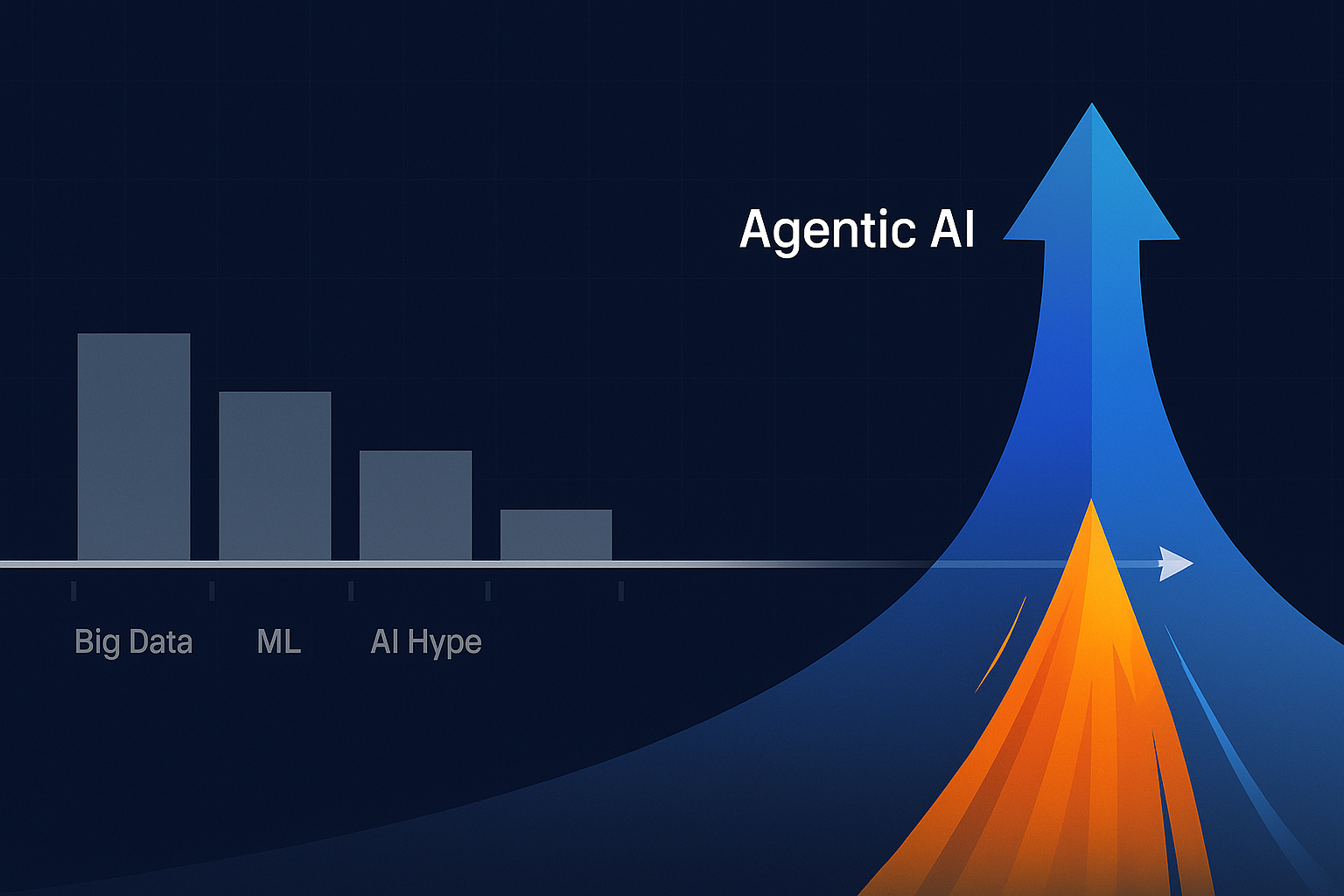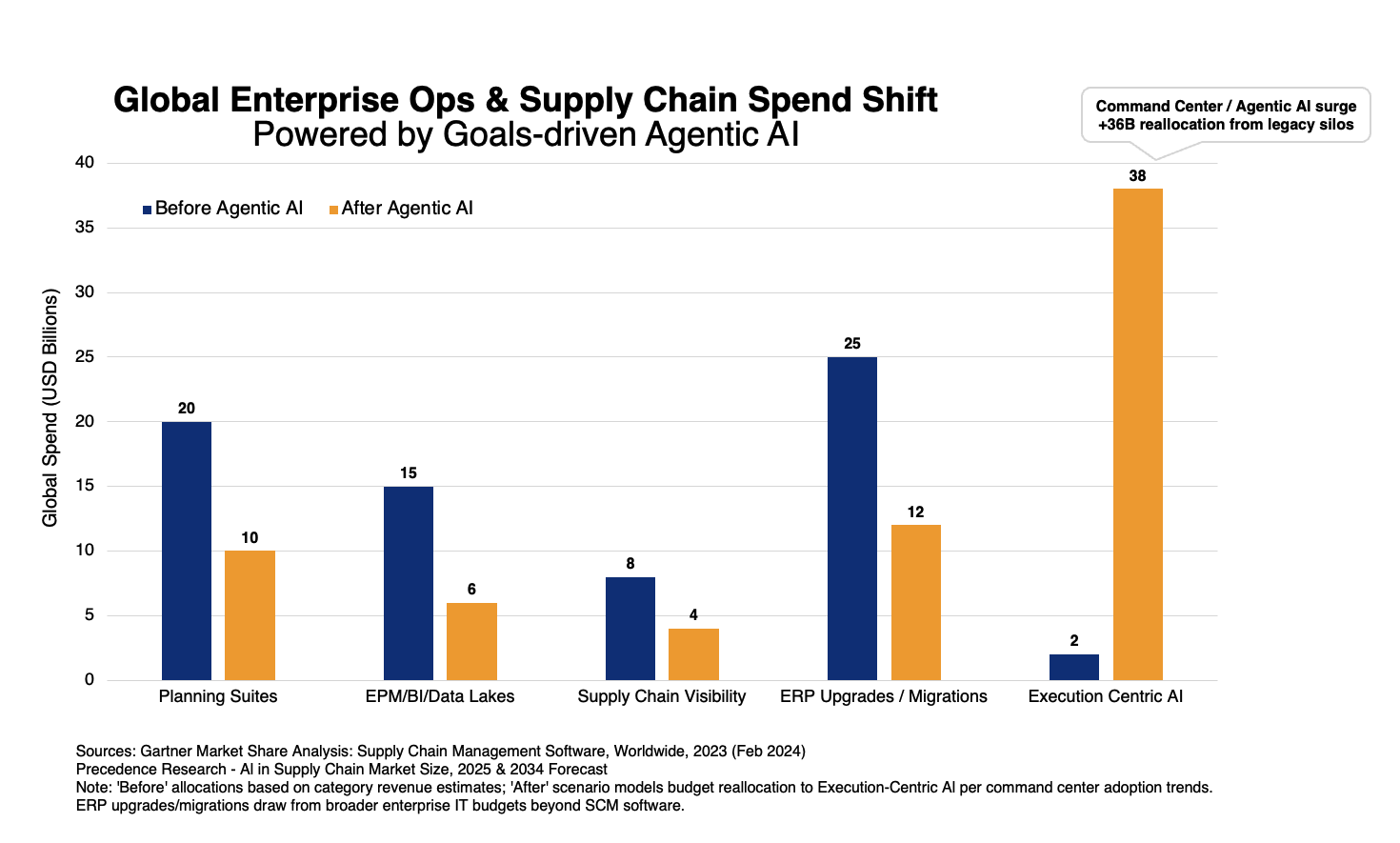Ops View #2 - Three Supplier Collaboration Data Challenges in 2023
In each edition of Ops View, we’ll give you a window into real conversations with operations leaders on the challenges and issues they are grappling with. Read this series to get insights into the hot topics operations leaders are discussing today.
#1 Visibility into Complex, Globally Distributed Supplier Ecosystems
For manufacturers with hundreds of suppliers around the world, it’s a significant challenge to understand the status of their purchases. Manufacturers are often working with a significant lack of information on what stage the order is in and where it is currently in the production or transit process. And in industries like food and pharma, tracking and tracing of the suppliers input material is necessary for brand protection and regulatory reasons. Suppliers share such data from a variety of systems through different mediums from XML files to Excel spreadsheets.
Manufacturers may also work with a number of carriers – from DB Shenker to DHL to UPS – and this necessitates logging into disparate systems to obtain transit and ETA data. There’s a significant amount of time spent on checking different systems to determine where and in what condition the goods are at any moment. It’s also challenge to optimize transportation – for example, combining shipments to save costs or planning transportation with 3PL providers – without knowing the status of production at the supplier.
#2 The Insufficiency of Excel Spreadsheets
Many manufacturers are using shared spreadsheets to track inbound products and a variety of other supply chain data. However, manual spreadsheets are ineffective with so many purchases to track, and frequent changes during the purchase cycle. Making sure that the current status of each line item is accurate and up-to-date in real-time is an extremely time-consuming manual task that’s prone to errors. With supply chains becoming more complex and more dependent on data every day, even minor inaccuracies may result in more significant costs and delays.
#3 Suppliers Have Bad Data Systems or No Systems
Manufacturers may be dealing with a wide range of systems including legacy ones and relying on manual processes to obtain data from suppliers. This can be extremely challenging given that no two enterprise systems are exactly alike. Less technologically mature suppliers may have bad data systems or no systems at all. To provide data, these suppliers may be relying heavily on Excel spreadsheets and manual inputs. Even when the supplier has a system, it may not have the flexibility to send the data in the format and frequency that the manufacturer needs.
Enterprises with a wide range of suppliers at different levels of technological maturity can benefit from a platform that can both extract the data from suppliers using manual processes and give suppliers with their own systems the option to login and input their data directly into the unified platform–without needing to connect to their other system in use. Further, automated exceptions can be set up to detect potential data errors and anomalies for additional review.
Do any of these supply chain challenges resonate with you?
OpsVeda’s Operations Management System harnesses data from nearly any system in an organization’s operational process into one unified source of truth. OpsVeda helps supply chain and operations leaders uncover actionable insights from the data and creates efficiencies that reduce their operating margin. Learn more about our suite of solutions.






